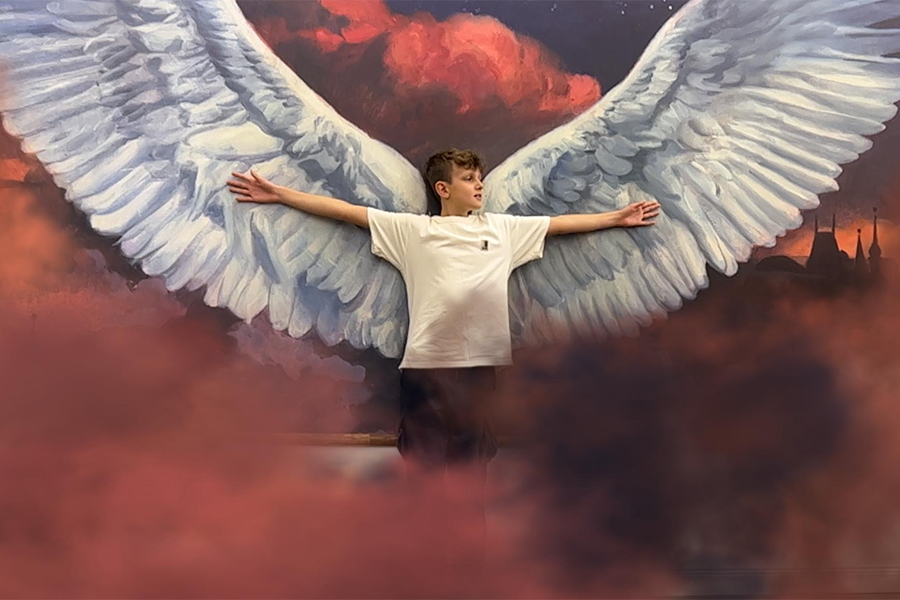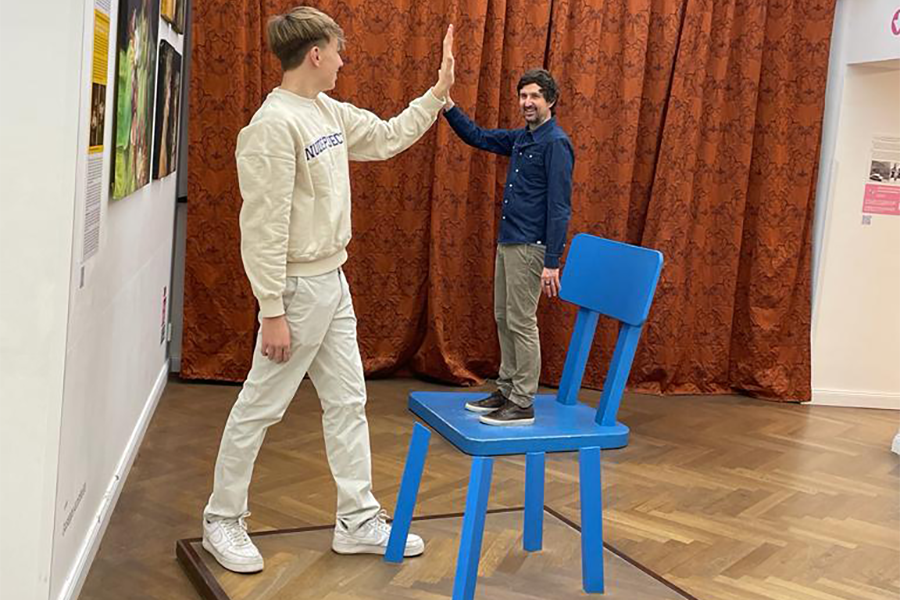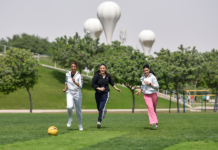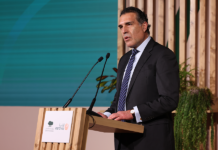
In the heart of Europe, Prague, the capital city of the Czech Republic, stands as a beacon of tourism, brilliantly merging ancient history with modern technology and innovation. This remarkable combination is reshaping the tourism landscape, offering an enriched experience to visitors from around the world.
Prague’s transformation into a smart tourist destination is most evident in its museums. The National Museum, for instance, has adopted augmented reality (AR) to bring historical artifacts to life, providing a dynamic way for visitors to engage with history. This technology allows guests to visualize historical events and understand the context of exhibits in a more immersive manner. Similarly, the Jewish Museum utilizes virtual reality (VR) to recreate historical Jewish neighborhoods, offering a poignant, in-depth look into the city’s Jewish heritage.
Another innovative approach is the integration of mobile applications specifically designed for tourists. Apps like ‘Prague Visitor Pass’ not only simplify ticket purchases for various attractions but also provide real-time information about cultural events and landmarks. These apps often include GPS navigation, aiding tourists in exploring the city with ease, and offering personalized recommendations based on their interests and location.
Transportation in Prague has also embraced technology to enhance tourist experiences. The city’s public transport system, known for its efficiency, is now more accessible thanks to apps that provide real-time updates on tram and bus schedules. Tourists can buy digital tickets on their smartphones, eliminating the need for physical tickets or understanding the local language. This integration of technology ensures a seamless and stress-free travel experience within the city.

Moreover, Prague’s ability to integrate modern technology while preserving its ancient and modern history is a significant draw for tourists. The city’s architecture, a mix of Gothic, Renaissance, and Baroque styles, is complemented rather than overshadowed by these technological advancements. Interactive screens and AR experiences are carefully designed to blend with the historical aesthetics, ensuring that the charm and integrity of the city’s heritage are preserved.
The impact of this innovative approach to tourism is substantial. It not only enhances the visitor experience but also boosts the local economy by attracting a broader range of tourists. Moreover, it positions Prague as a forward-thinking city that values its history while embracing the future.
In conclusion, Prague’s successful fusion of technology and tradition sets a benchmark for other historic cities aiming to modernize their tourist attractions without compromising their heritage. This blend of the old and the new not only enriches the tourist experience but also preserves and celebrates the city’s history in a contemporary manner.
As Prague continues to innovate and adapt, it stands as a shining example of how technology can be used to enhance, rather than replace, the historical and cultural experiences that cities offer![]()































